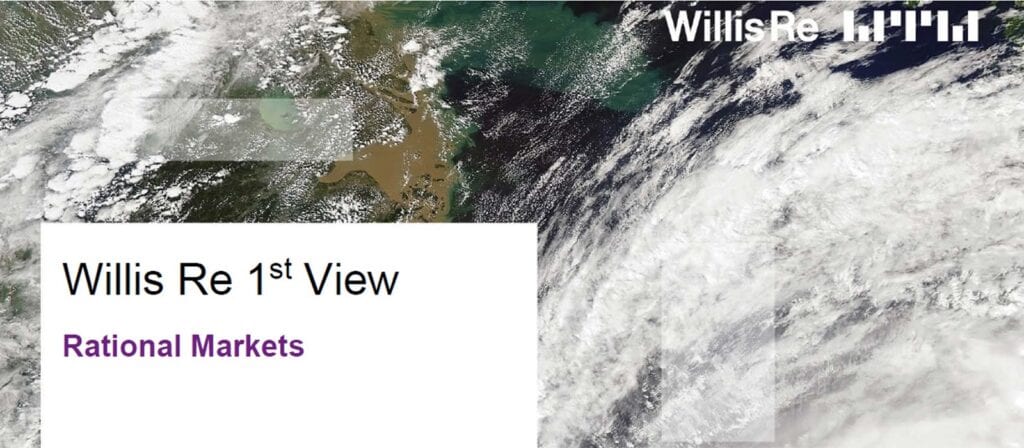With the 2017 losses slowly fading in the rear-view mirror, the ILS market is roaring forward through the first half of 2018. Cat bond issuance is at or near record levels, and non-life ILS assets under management (AUM) continue to grow. Where might the road lead? asks the latest Willis Towers Watson and Willis Re ILS Market Update report.
Drivers of change
Before getting to some possible answers, the report looks at what is driving the market’s continued success. The first obvious answer, according to the report, is that ceding insurers and reinsurers want to have more risk transfer options at a better cost, and ILS delivers. Second, end investors are largely sold on the portfolio diversification benefits of ILS and want to increase their allocations with investments linked to natural catastrophe (“nat cat”) reinsurance still their primary focus.
The report’s authors say that there are are some less obvious factors too. First, the report says, some research analysts have said the lack of a big price bump on the back of the 2017 losses makes the idea of a property cat reinsurer relying solely on equity without some access to ILS capital essentially untenable. This has caused a race to create even more partnerships with ILS capital to stay competitive.
Second, insurance, in addition to reinsurance, is starting to become a growth area for ILS, according to the report. Investors are trying to grow AUM and realize this offers a lot of potential, especially if the investors can manage some risks beyond nat cat. In response, some insurers and corporate risk managers are now trying to position to play offense or defense to this trend.
Robin Swindell, Executive Director at ICMIF Supporting Member Willis Re, commented that “With the near future likely to see more Insurance Linked Securities penetration into the insurance market, as well as the reinsurance market, it is important that those in the mutual insurance sector stay abreast of developments in the ILS field.”
Directions
The authors of the report say that they continue to see innovation in the structure in which risk is converted to investible form as well as an effort to offer more risks and ILS structures reflecting the diversity in investors and in risk transfer needs.
One example given is the continued growth in ILS backing quota share type arrangements on a semipermanent basis. Sources of risk have ranged from insurance portfolios to reinsurance portfolios, to facilities arranged by intermediaries for the benefit of their customers. While purely tactical sidecars may have not disappeared entirely, the report says, they have played next to no role in providing capacity following the 2017 losses. New relationships with ILS complement rather than fully replace the relationships protection buyers have long held with insurers and reinsurers.
Findings in the report state that the near future may also continue to see more ILS penetration in insurance. For now, the report says, this will be in partnership with traditional insurers providing fronting paper for, or sharing risk with, an ILS-backed investment vehicle. That said, as started in the reinsurance space, some investors may ultimately source their own paper to transact without insurance partners. In this area, the next year or two will continue to see experimentation and growth, with any dramatic impacts on industry structure such as we have previously seen in the reinsurance space apparently still a few years off.
A final trend to watch out for according to the Q2 2018 ILS report is continued expansion beyond nat cat risk. This is a trend with promise and peril say the authors. It can help make a wide range of insurance more available and affordable and help cover the protection gap. On the other hand, nat cat risk still has some advantages in modelling and diversification. The good news, per the report, is that the expansion so far is mindful of and has addressed these differences vis-à-vis nat cat in various ways. If successful, an ILS market much larger than would be possible on nat cat alone seems likely, the report concludes.
Click here to view and download the full report.






